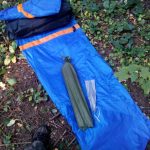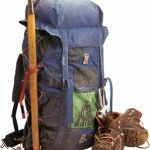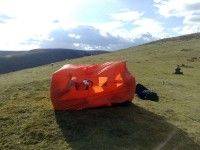
Shelter — rifugio, riparo, protezione, barriera.
Se la memoria non mi inganna, l’idea è apparsa originariamente circa 5 anni fa con i francesi e si basava sull’idea di creare un riparo rapido per un alpinista in montagna in caso di cariche impreviste di neve, acquazzoni, vento di burrasca. I requisiti: leggerezza, compattezza, tempi minimi di messa in funzione e creazione di una zona confortevole. I primi esemplari erano monoposto, ma in seguito cominciarono a essere prodotti anche multipli. Con il passare del tempo, i rifugi si sono spostati dalle montagne alle pianure). I rifugi sono stati progettati per pernottare al loro interno (tenda-tenda), e in seguito con la possibilità di stenderli su un telaio super leggero.

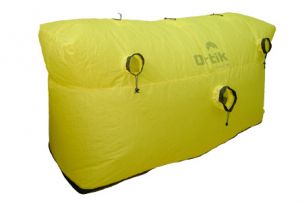
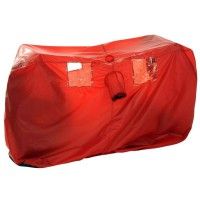
(Opzione con finestre!)
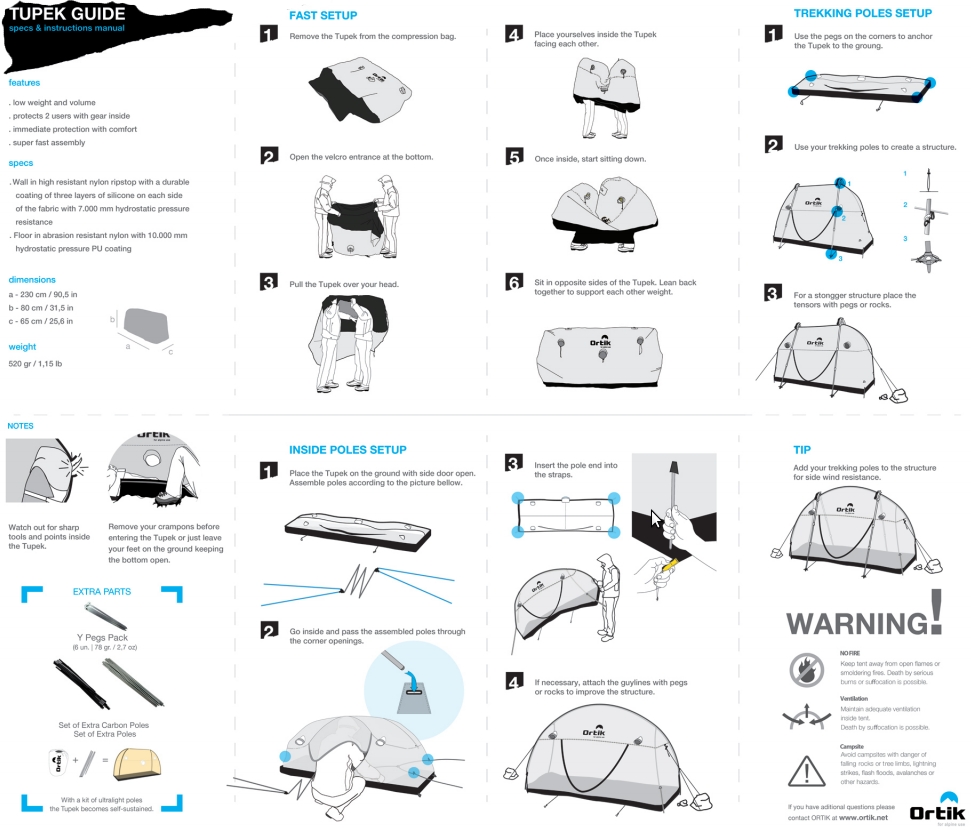
Now additions and wishes. Skorobogatov’s shelter does not have a waterproof hem. And ideally — the height should be made on the basis of the height of the person sitting on the back plus a couple of tens of centimeters more (so that on the head did not hang) — can be based on the calculation of trekking sticks. At the bottom sewed a denser and waterproof layer to create the bottom by folding inside. The length of the shelter is the length of the sitting person’s legs plus the thickness of the backpack. Support or trekking poles (option one — a house in the middle, option 2 — poles as poles as in a traditional tent house, option 3 — in one corner of the backpack, in the other you pull back). For a two-seater shelter it looks like this:

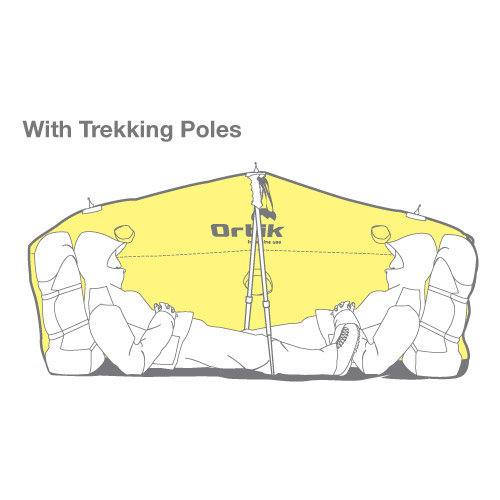

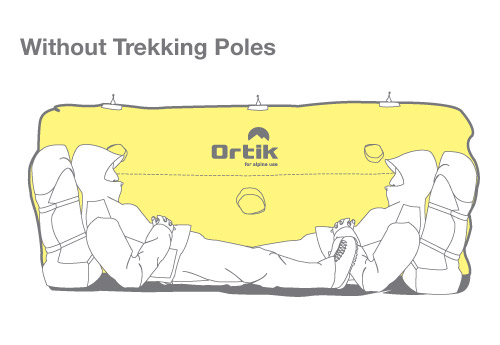
Mandatory ventilation holes. In the industrial version is made in the form of a short sleeve with a tuck.

I like it better as on good tents — a window closed by a grid with a visor from rain (ideally with a lock on the grid and exposed stop on the visor. The grid in our land in the warm period is extremely desirable — mosquitoes will swoop in a dry place to warm up (and there they are already served and eat))).

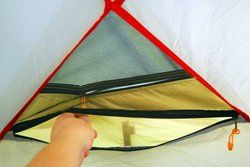
Want — in the side walls of small windows of transparent celluloid — I believe the ability to observe the environment is not superfluous.
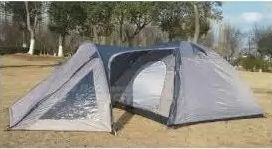
Materiale — nylon siliconato (silicone) il più leggero possibile per la parte principale e poliestere con impregnazione in PU per i polsini. Se si vuole realizzare con un cordino, è meglio scegliere un cordino in poliestere piuttosto che il preferito paracord: si bagna meno, praticamente non assorbe, non marcisce.
Mi è venuta l’idea che potrei usare un riparo del genere con una finestra sul mio kayak — a volte la pioggia mi entra negli occhi, ma in questo modo è caldo, asciutto e anche visibile.
Mi rendo conto che ora inizieremo la nostra tradizione di sgranocchiare le mie ossa e il mio riparo — buon appetito)))) Shelter è il mio desiderio.
E a tutti gli altri — «Se non vi piace, non ascoltate, ma non impeditemi di mentire!».
Data di pubblicazione: 12-8-2023
Data di aggiornamento: 12-8-2023

